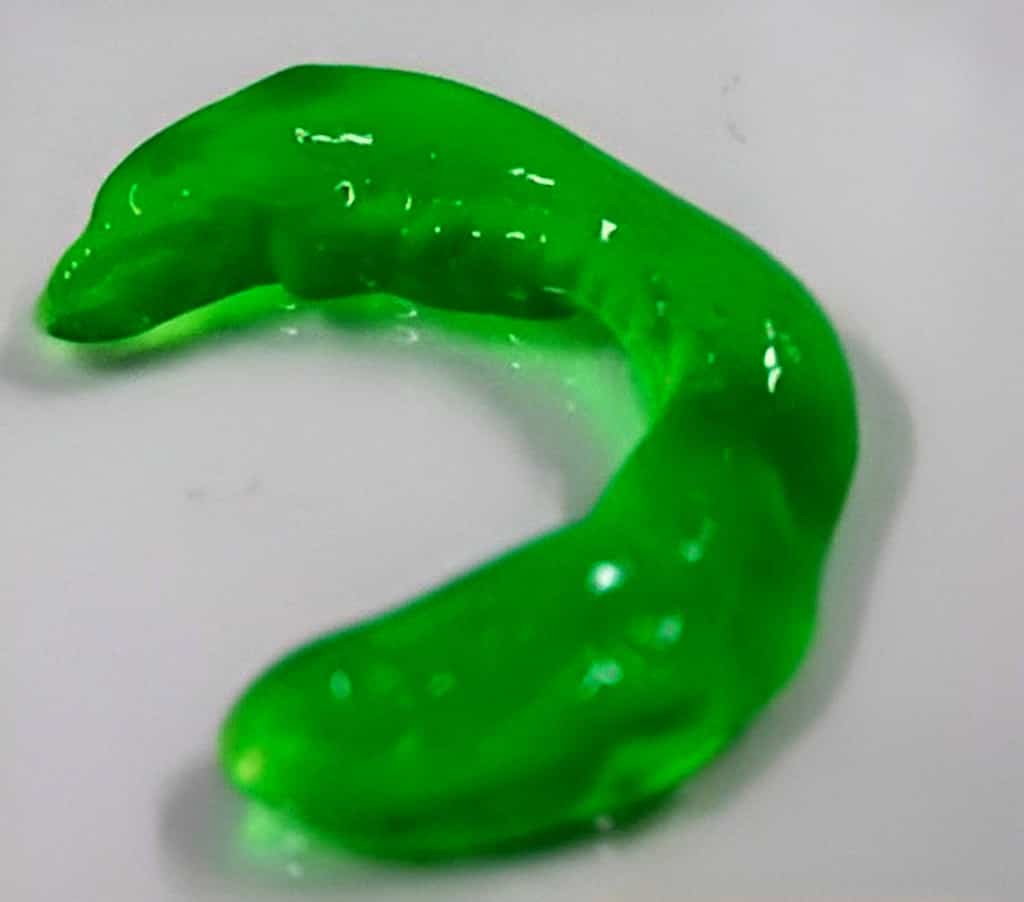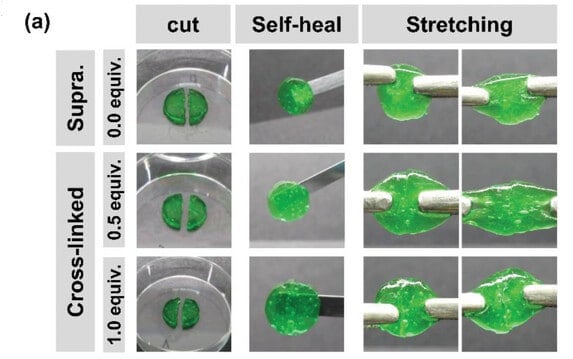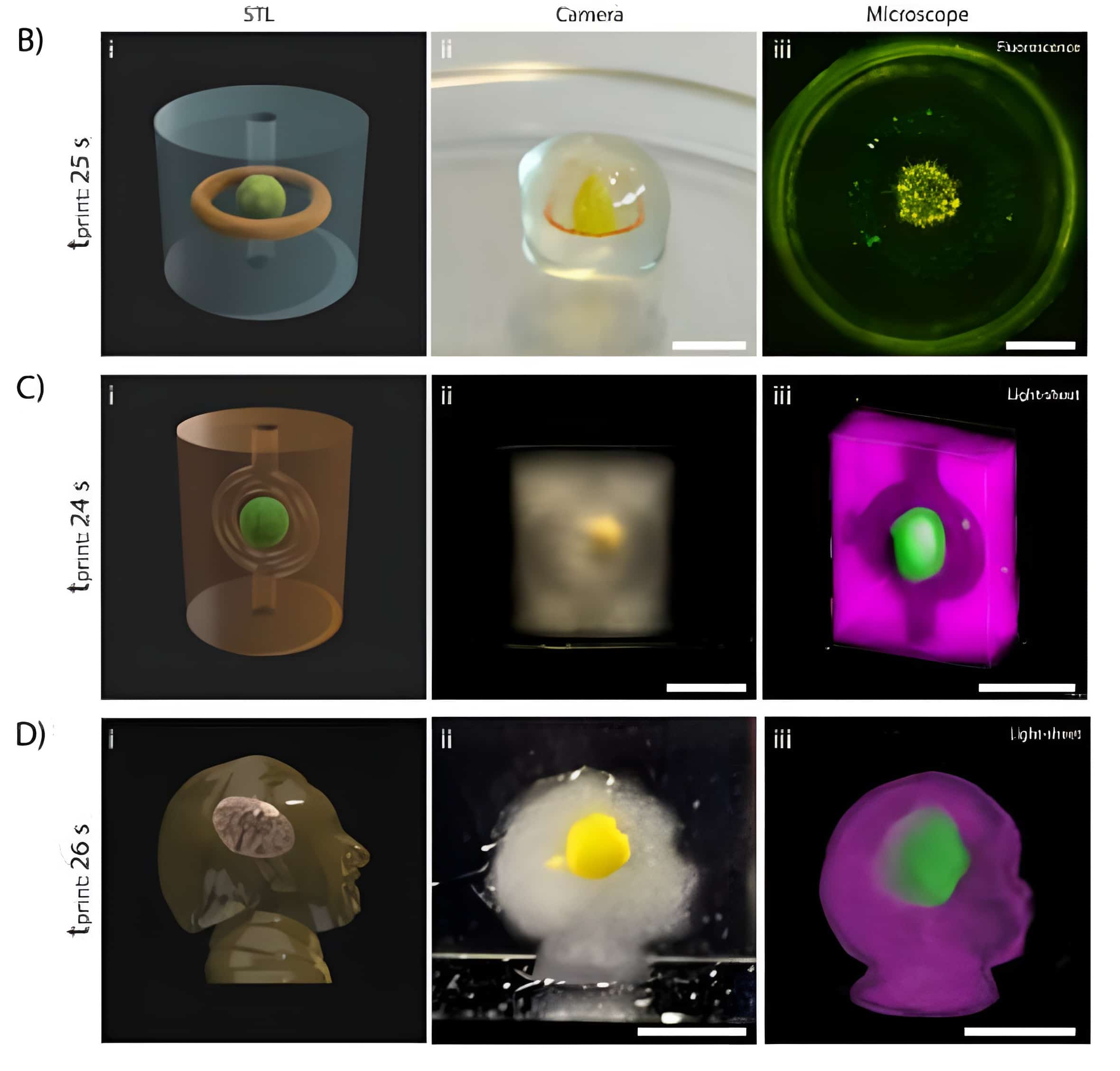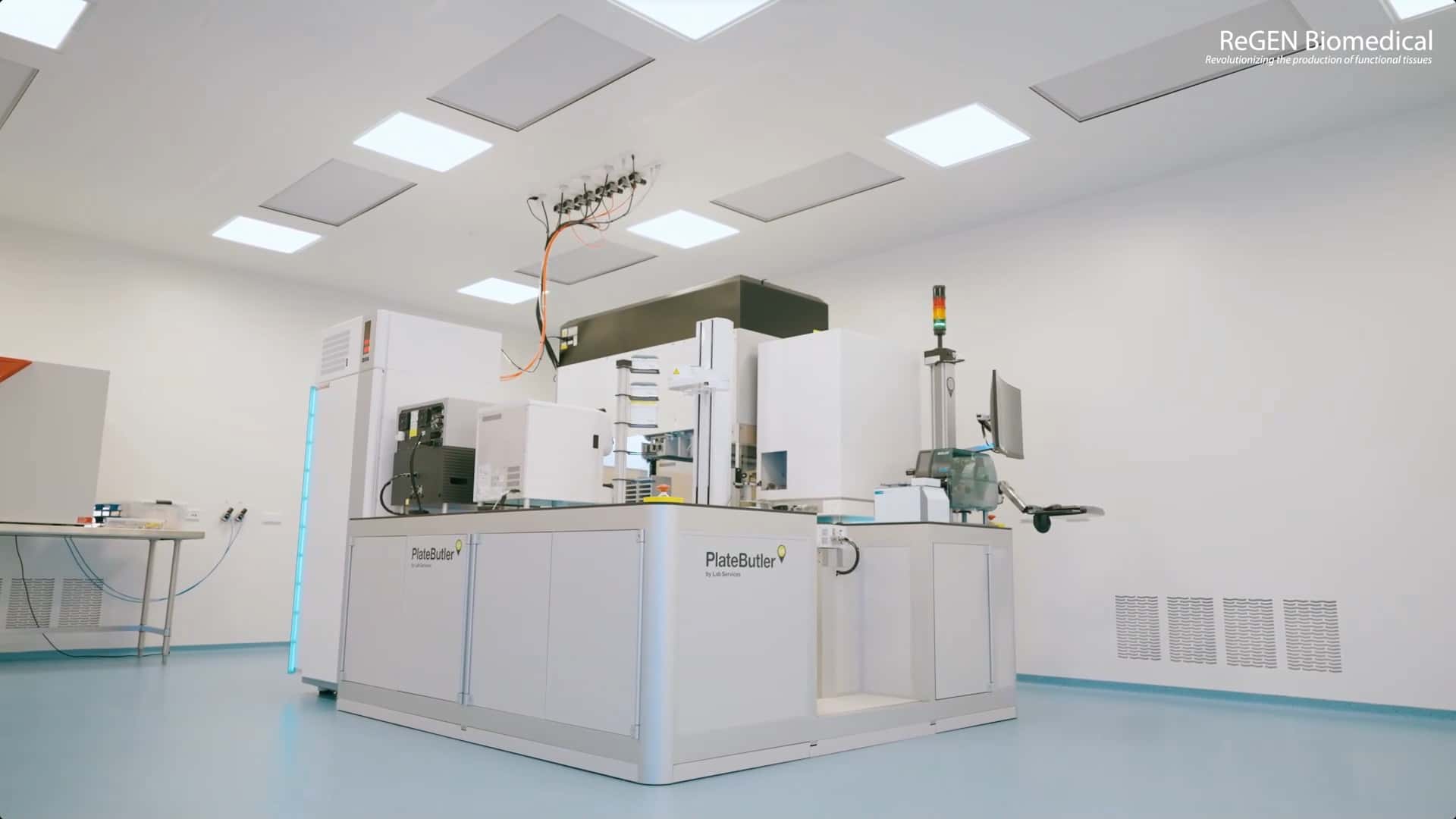
Researchers have now developed a synthetic hydrogel that not only imitates the fibrous structure of natural tissues but also showcases impressive mechanical properties, including the ability to withstand high tensile strain and compressive strain. This breakthrough hydrogel can be 3D bio-printed with high shape fidelity, an essential quality for creating complex and functional tissue-like structures. The hydrogel has been used as a bio-ink to bio-print human mesenchymal stromal cells, a significant step towards tissue engineering and regenerative medicine. The team from Maastricht University published their research in Advanced Materials.
- Researchers at Maastricht University have developed a synthetic hydrogel closely mimicking the fibrous structure of natural tissues.
- The hydrogel demonstrates impressive mechanical properties making it a promising bio-ink for tissue engineering and regenerative medicine.
- The hydrogel’s bio-compatibility and potential applications in various industries, such as biomedical, food, electronics, and cosmetics.
Decoding the technology and chemistry
This revolutionary synthetic hydrogel was created using a unique approach known as a supramolecular/covalent strategy. The process starts with a molecule known by its technical name as benzene-1,3,5-tricarboxamide (BTA). This molecule is then linked with something known as norbornene functional handles to produce what’s called a hydrogelator. What’s special about the hydrogelator is its ability to self-structure into a series of fiber-like strands, much like the threads in a rope. Interestingly, this self-structuring process mimics the intricate fibrous structure of something we all have in our bodies – our natural extracellular matrix (ECM). The ECM, in simple terms, is a complex network that helps give cells the physical and nutritional support they need to flourish.

Now, to ensure this hydrogel is up to the task, it is enhanced through chemical cross-links within and between these fiber-like strands. This is similar to strengthening individual strands within a rope, then tightly coiling the rope to increase its overall endurance. This fortification gives the hydrogel impressive resistance qualities. It can withstand a high level of stretching (up to 550% of its original length) and squishing (up to 90% of its original volume). Moreover, it has an impressive bounce-back quality, meaning it can regain its original shape after being intensely stretched or deformed. This makes the hydrogel highly beneficial for use in many diverse fields.
The role of bio-inks
Bio-inks are integral to bio-printing, providing the necessary structural support and environment for cell growth and tissue formation. This hydrogel serves as an advanced bio-ink, with its shear-thinning properties allowing for 3D bio-printing with excellent shape fidelity. Shear-thinning refers to the ability of certain gels or fluids to decrease in viscosity under stress, making it easier to apply or manipulate.
This bio-ink has been successfully used to bio-print human mesenchymal stromal cell (hMSC) spheroids, which can then differentiate into chondrogenic tissue. Chondrogenic tissue is a form of connective tissue that can develop into cartilage, essential for the repair and maintenance of joint surfaces. This demonstration of successful tissue differentiation paves the way for more complex and functional tissue-like structures to be bio-printed in the future.
Revolutionising future medicine
By creating a hydrogel that closely mimics the ECM, researchers have opened up new possibilities for tissue regeneration and the creation of implants, bio-sensors, and sustainable materials. In the field of regenerative medicine and tissue engineering, this hydrogel could be a game-changer. It provides a platform for creating life-like mimics of the ECM, enabling dynamic interactions between the hydrogel and living cells.
This hydrogel also demonstrates excellent bio-compatibility, supporting cartilage-specific protein production. This means it can interact with the human body without causing an adverse reaction, an essential quality for any material intended for medical use.
The potential applications of this hydrogel stretch beyond the biomedical field. It opens up new possibilities for modular ink design, creating controlled structures, tunable mechanical properties, and spatiotemporal mechanical and biological gradients. The technology could transform various industries, including the food industry, printed electronics, and the cosmetic and pharmaceutical industries.







